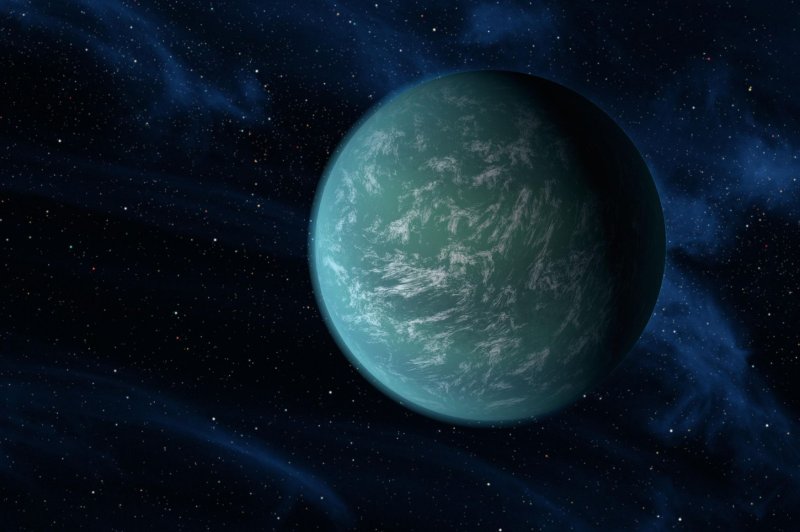WASHINGTON, July 15 (UPI) -- At a panel discussion on the search for alien life, held this week at NASA's headquarters in Washington, the agency's top scientists said they're getting close.
NASA scientists were joined by leading figures in the fields of astronomy, physics and planetary sciences.















